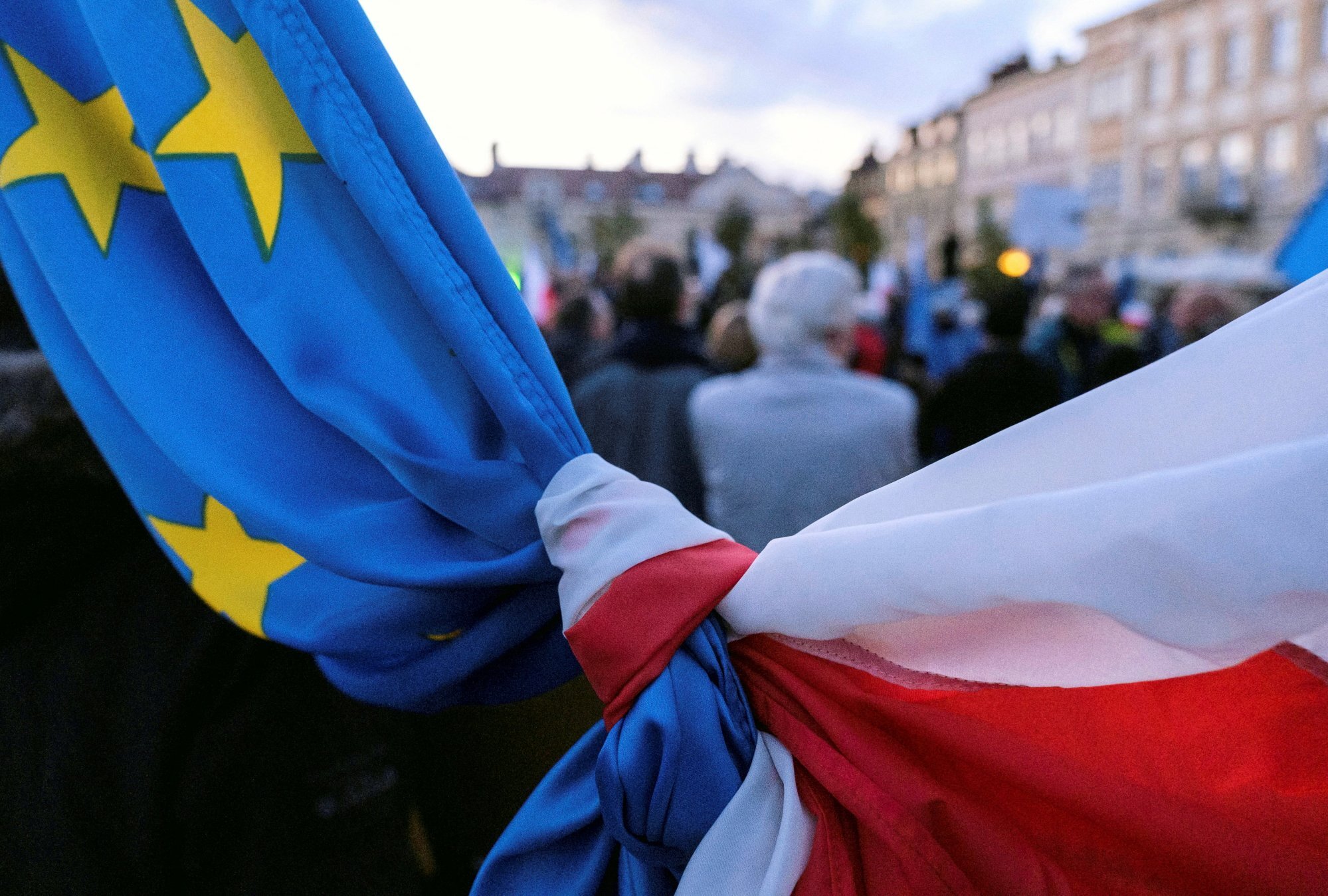
European Union summit is a showcase of a continent in flux
- The underlying macro dynamic at the summit is a potentially historic power shift under way, as Germany ushers in new leadership and struggles to avoid recession
- While there are forces of integration, developments in Hungary and Poland, and the upcoming French presidential election, could prove challenging for the bloc
December is traditionally a quiet month in international diplomacy, yet a lot is changing in Europe both politically and economically at the moment, as will be showcased at the European Union summit of 27 presidents and prime ministers this week.
The combined impact of these and other developments threatens a new downturn across the continent, with Germany, for instance, teetering on the brink of recession as supply bottlenecks and coronavirus cases hobble the economy. The strong recovery initially anticipated in 2022 is a mirage, according to projections published on Tuesday by the Ifo Institute for Economic Research.
Economics aside, the underlying macro dynamic at the summit is a potentially historic power shift under way in the club of continental leaders that could bring about significant change in the months to come.
Exhibit two is the new Quirinale Treaty signed last month by Italian Prime Minister Mario Draghi and French President Emmanuel Macron to bolster bilateral cooperation in Europe.
The agreement has drawn comparison with the Elysée Treaty between France and Germany created to rebuild their relationship after World War II, and could see significantly stronger international cooperation between Paris and Rome.

While these twin changes are perceived as broadly positively in Brussels, there are countervailing forces, mainly in Eastern Europe, that complicate the picture.
Moreover, only a few weeks ago, Poland’s Constitutional Tribunal ruled that key articles of one of the EU’s primary treaties were incompatible with Polish law, in effect rejecting the principle that EU law has primacy over national legislation in certain judicial areas, fuelling concerns that Warsaw is heading for a “Polexit”.
EU launches ‘true alternative’ to China’s Belt and Road Initiative
In this swirl of political tumult, the future of the EU is difficult to decipher given the multitude of views across the continent.

The future – by and large – that Macron, Scholz, Draghi and some others, including Spanish Prime Minister Pedro Sanchez, broadly favour is the 27 member states deciding to do more together, reigniting European integration and growth by deepening cooperation with decisions agreed faster and enforced more quickly.
Could Quad, Aukus boldness drive Europe into China’s arms?
If, however, there are persistent blocks to those agendas, it is plausible that France, Italy, Germany, plus others such as Spain, may move towards more coalitions of the willing in select policy areas to take forward the integration agenda on a flexible basis.
A model here is the euro zone, where some 19 of the current 27 EU members have entered into a monetary union with the euro as the single currency.

Yet, even this kind of partial, forward movement for the integrationists is far from certain and the full spectrum of scenarios to come also includes the possibility of the EU retreating backwards, post-Brexit.
This might even see, for instance, a retreat to little more than the current economic single market which seeks to guarantee freedom of movement of goods, capital, services and people.
While the direction of the EU is therefore very uncertain, what is clear is that the recent changes across the continent have left the kaleidoscope in flux. Next year could therefore have an outsize impact in defining the economic and political character of the bloc not just in the 2020s, but well beyond.
Andrew Hammond is an associate at LSE IDEAS at the London School of Economics

